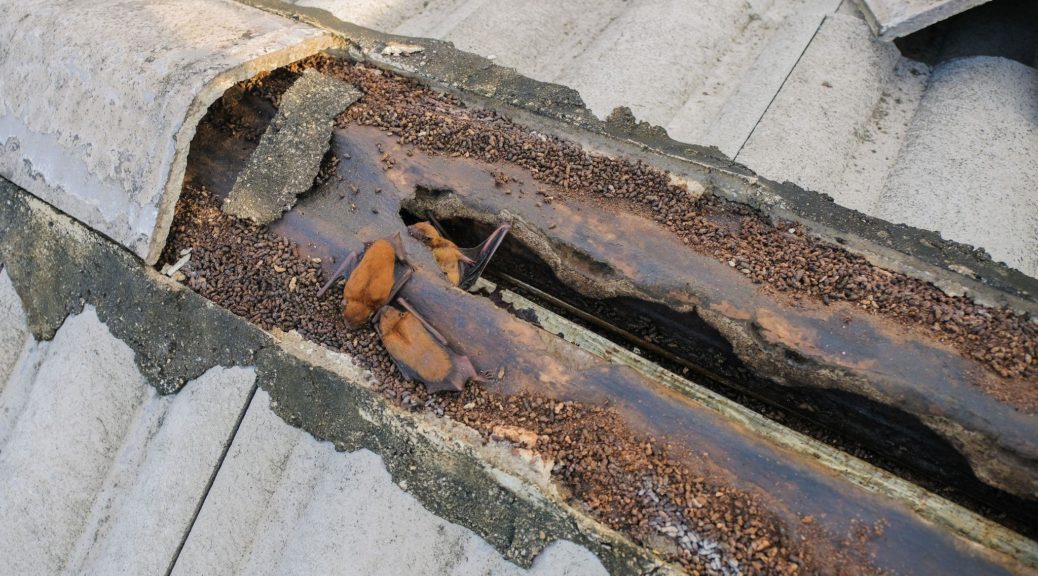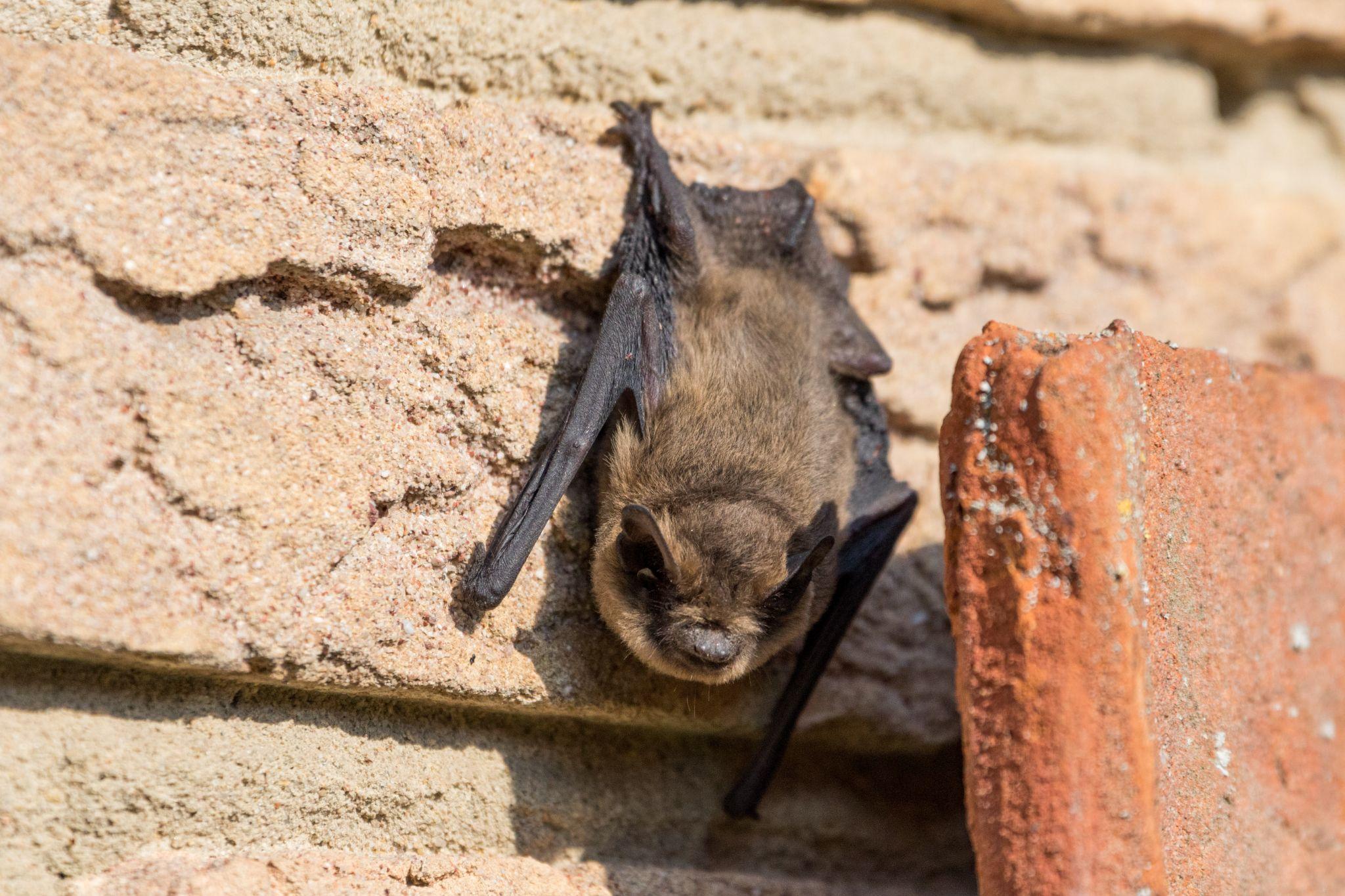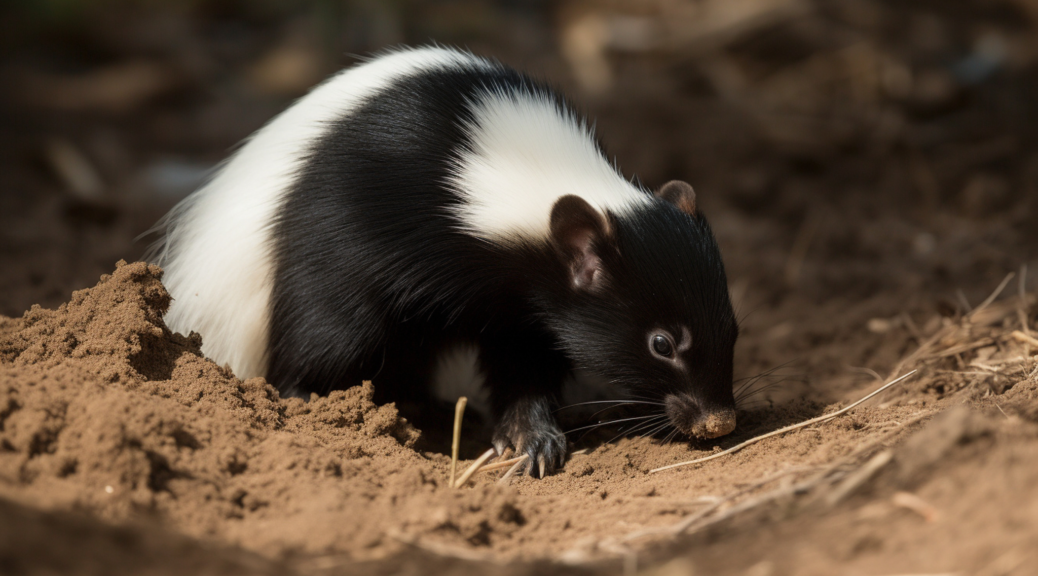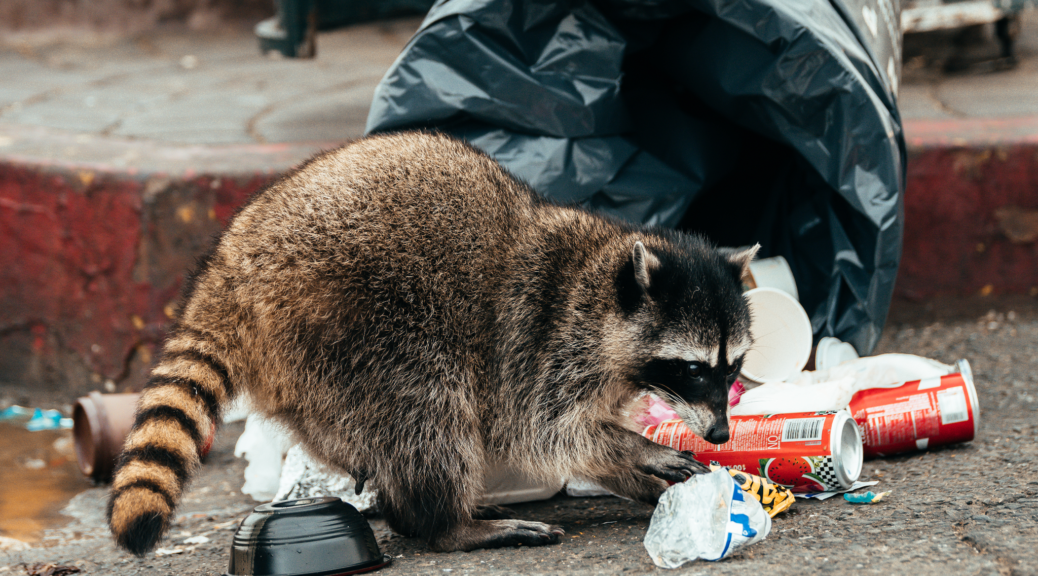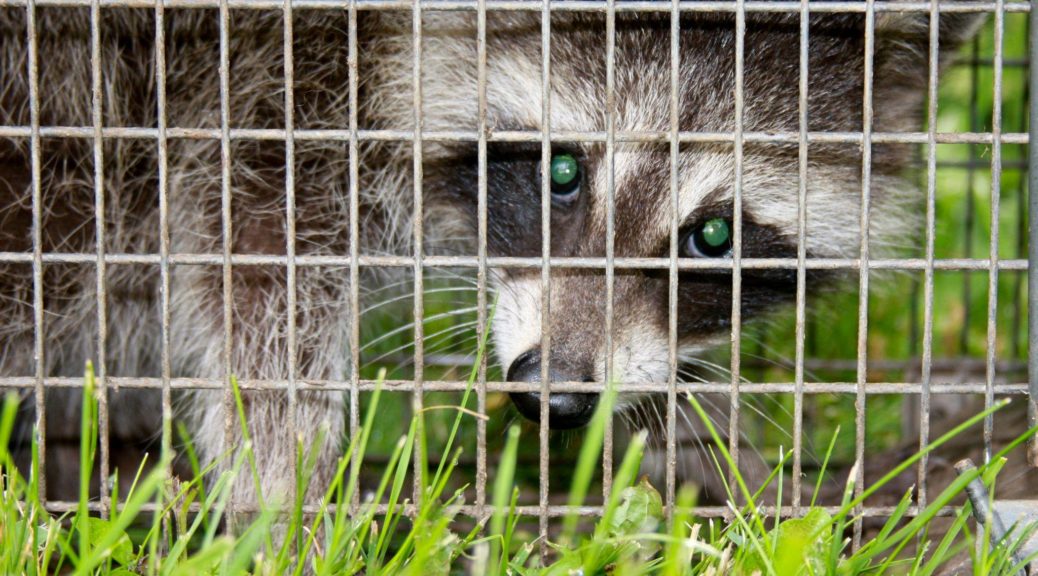Urban Raccoon- Human COnflicts
Urban areas in the United States, such as Los Angeles, have seen an upsurge in the raccoon population. The adaptability of these wild animals and the abundance of food sources in urban areas have created unique challenges and increased human-raccoon conflicts. Let’s explore these issues and find practical solutions.
Understanding Urban Raccoons
Urban raccoons are highly adaptable creatures. They have a wide home range but can thrive in smaller territories when food sources are abundant. Unfortunately, this adaptability has led to an increase in raccoon-human interactions, which are not always positive.
Another interesting characteristic of urban raccoons is their intelligence and problem-solving abilities. Equipped with highly dexterous front paws, they can open latches, turn doorknobs, and even unscrew jars. This, coupled with their nocturnal nature, often leads them into conflict with humans as they rummage through trash bins and sneak into houses in search of food. Understanding these behaviors is critical to formulating effective strategies to manage raccoon populations in our cities, protect our properties, and minimize conflicts.
The Challenges
In urban environments, raccoons have discovered new food sources in the form of pet food, bird seed, and unsecured trash. These easily available sources have not only increased their population but also changed their natural behaviors.
In search of food and shelter, raccoons often invade crawl spaces, attics, and gardens, causing damage and potential health risks. Baby raccoons born in these areas add another layer of complexity to the problem, as they’re likely to consider these spaces their home range, causing a cycle of return and conflict.
Additionally, as raccoons have become more accustomed to urban life, they’re losing their natural fear of humans, leading to increased conflicts. These conflicts can range from simple nuisances, like scattered trash, to more serious issues such as property damage and potential transmission of diseases. Navigating these challenges requires a combination of proactive measures, increased awareness, and professional wildlife control services when necessary.
Mitigation and Solutions
Addressing the challenge requires a multi-faceted approach. Firstly, minimizing food sources can discourage raccoons from approaching human habitats. Securing trash cans, not leaving pet food outside, and cleaning up bird seed can reduce the attractions for raccoons.
Secondly, protecting potential nesting sites like crawl spaces can prevent raccoons from setting up homes in human dwellings. This includes regular inspection of your property and taking necessary measures to secure these areas.
However, when raccoons have already taken up residence, expert intervention is necessary.
Raccoons are an integral part of our ecosystem, even in urban areas. Managing their presence and mitigating conflicts require understanding, patience, and professional help. Remember, the goal is not to eliminate these creatures, but to establish a balance where both humans and raccoons can thrive.
Humane Raccoon Removal
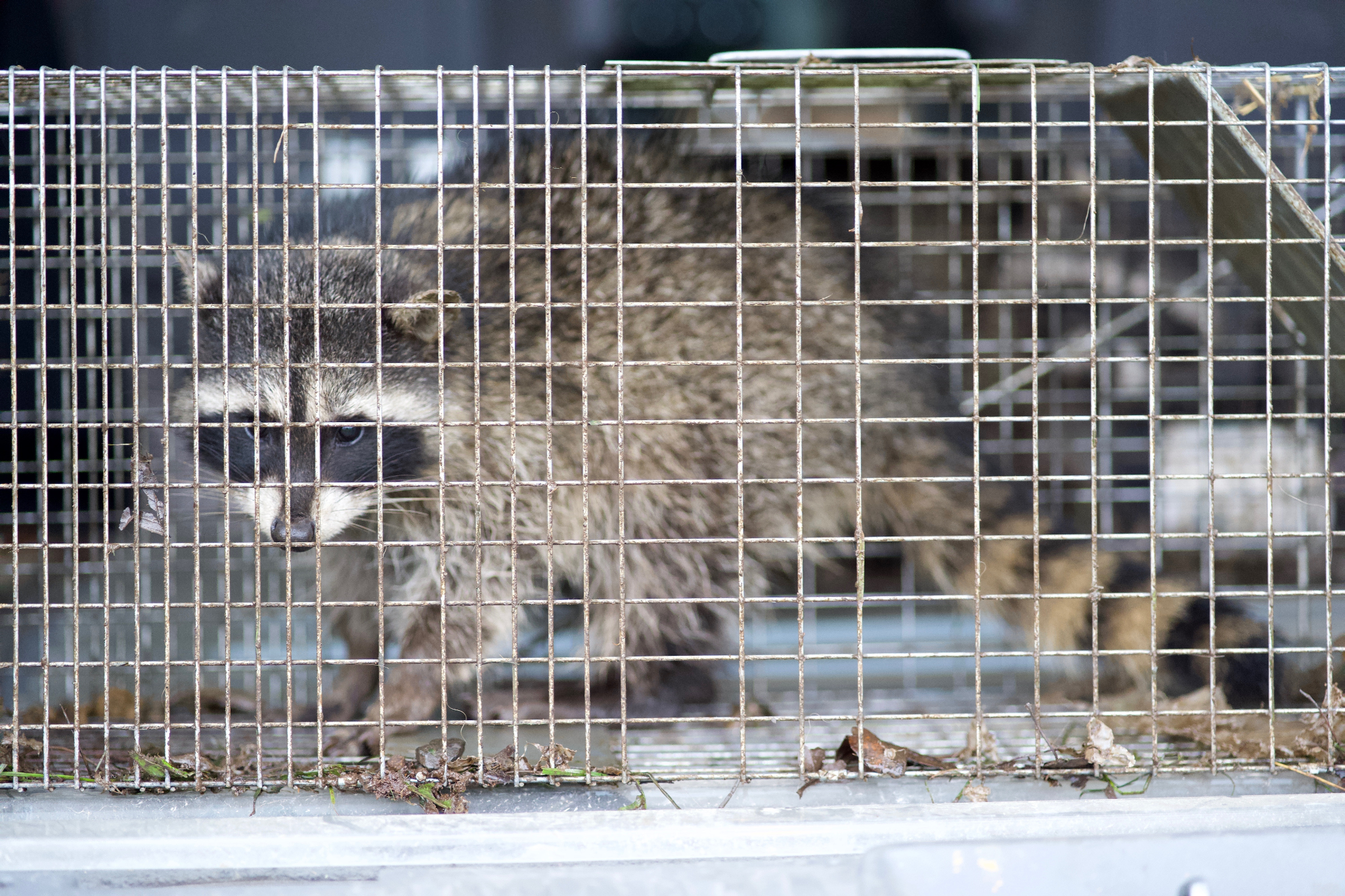
If you’re facing a raccoon problem in Los Angeles, don’t tackle it alone. At Animal Capture Wildlife Control, we specialize in humane wild animal removal services, ensuring both your safety and the well-being of the animals. Our experienced team can help remove raccoons from your property and provide advice on preventing future encounters. Reach out to us today and let’s build a better coexistence between humans and urban raccoons.

